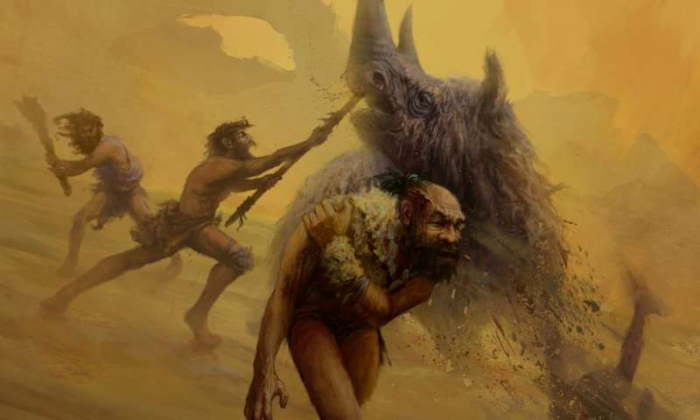That challenges what the authors call the prevailing view of our evolutionary cousins, that they lived risky, stressful lives. Some studies have suggested they had high injury rates, which have been blamed on things like social violence, attacks by carnivores, a hunting style that required getting close to large prey, and the hazards of extensive travel in environments full of snow and ice.
While it's true that their lives were probably riskier than those of people in today's industrial societies, the vastly different living conditions of those two groups mean comparing them isn't really appropriate, said Katerina Harvati of the University of Tuebingen in Germany.
A better question is whether Neanderthals faced more danger than our species did when we shared similar environments and comparable lifestyles of mobile hunter-gatherers, she and study co-authors say in a paper released Wednesday by the journal Nature.
To study that, they focused on skull injuries. They reviewed prior studies of fossils from western Eurasia that ranged from about 80,000 to 20,000 years old. In all they assessed data on 295 skull samples from 114 individual Neanderthals, and 541 skull samples from 90 individuals of our own species, Homo sapiens.

Injury rates turned out to be about the same in both species.
That questions the idea that the behavior of Neanderthals created particularly high levels of danger, Marta Mirazon Lahr of Cambridge University wrote in an accompanying commentary.
But the new study is not the final word on Neanderthal trauma, she wrote. It didn't include injuries other than to the skull. And scientists still have plenty of work to do in seeking the likely cause of injuries and evidence of care for the injured, which could give insights into the behavior of both Neanderthals and ancient members of our species, she wrote.
Read the original article on phys.org.
More about: Neanderthals
















































